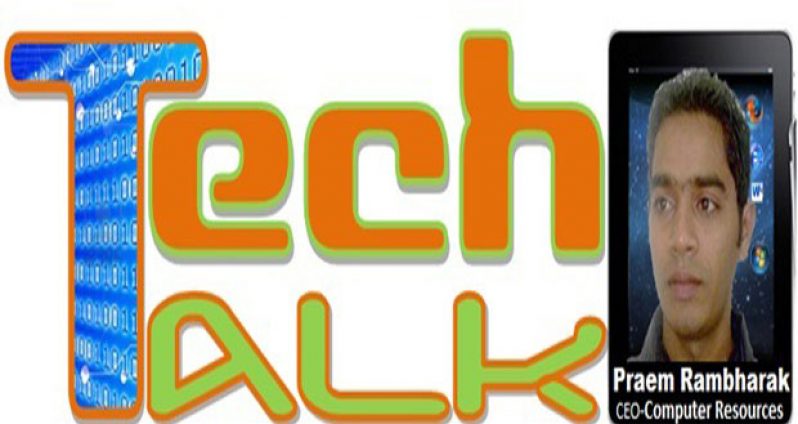Yoga is an ancient physical, mental and spiritual practice that originated in India. The word ‘yoga’ derives from Sanskrit and means to join or to unite, symbolising the union of body and consciousness. Today, it is practiced in various forms around the world and continues to grow in popularity. Recognising its universal appeal, on 11 December 2014, the United Nations proclaimed 21 June as International Yoga Day.
How does yoga work? Why is a system that has been used for more than 5,000 years still flourishing? Where do science and spirituality meet?
Although medical knowledge is constantly being refined by ongoing scientific investigation, the basics of what we know about how to get and stay healthy haven’t changed much in recent years. Pretty much everybody knows that you shouldn’t smoke and that you should eat lots of fruits, vegetables, and whole grains, get some kind of regular exercise, and work on keeping your stress levels from spiraling out of control.
The difficult part isn’t in knowing what to do. It’s how you make it happen.
The more I’ve studied yoga, the more I’ve become convinced that it offers the piece doctors and public health authorities are missing: a way to implement the changes people want to make.
Along with offering direct health benefits, the various yogic tools – including the physical postures, breathing techniques, and meditation – are part of a systematic technology for life transformation, a step-by-step method for changing bad habits.
Overcoming Bad Habits
What yogis realised thousands of years ago – and what scientists are just now catching on to – is that changing dysfunctional habits is largely a matter of the mind. This is a subject that yoga has studied systematically and which, until recently, medical researchers pretty much ignored. What yoga can do, which can make the critical difference in your health and well-being, is give you greater control of your mind and a greater understanding of the tricks it can play. This, perhaps more than anything, is what leads to life transformation.
With advances in understanding and technology, scientists now talk about “neuroplasticity.” The brain, they have realised, is some form of plastic, meaning it is capable of change. Brain cells called neurons form new connections among themselves and the more you do something, the stronger these neural links become. Scientists have also learned that the body can create new neurons from stem cells, undifferentiated cells that are found even in adults.
HIGH TECH YOGA
SmartMat is roll-able and portable, just like a regular yoga mat, except for the fact it is built with responsive sensors linked to your electronic device.
SmartMat is designed to guide you through your practice just like a real yoga teacher.
SmartMat looks and feels more or less like a regular yoga mat with a low profile dongle attached to the end of it. It contains a series of sensors that measure placement and pressure and communicate to the users on smartphone or tablet via Bluetooth.
The app will then give feedback first on alignment (placement) and then on balance, using a 4-pad system for both hands and feet. Once the user gets their balance and placement correct, SmartMat enters into a ‘Perfect Pose’ mode in which the user will concentrate on things such as breathing or engaging the pelvic floor.
To accurately analyse the user, upon unpacking SmartMat, they will first have to go through a calibration process, where SmartMat measures their body and takes them through a series of yoga poses in order to determine their abilities.
It will bring more people onto the mat. Yoga is an awesome art form, but one that the vast majority of practitioners don’t have the knowledge or discipline to do on their own – and going to class is not always available. SmartMat gives that middle road option of allowing at home practice while receiving meaningful feedback.
Athos – Frustrated by their workouts at the gym, the co-founders of Athos tried to help people reach their fitness goals through technology. Promoted as a “much less expensive version of a personal trainer,” Athos can be divided into three parts: the gear, the technology and the app.
The gear reads your muscle effort, heart and breathing rate, which gives you a touch of comfort with flat seam construction and sweat wicking while special features help to reduce fatigue and soreness. The core is in charge of collecting and interpreting information from the gear and can be visually displayed in the app. It also helps you keep track of your exercising progress and avoid injury.
Kinect – Developed by Microsoft, Kinect is designed to enable humans to interact naturally with computers. Kinect can be divided into two parts: the v2 sensor and the software development kit (SDK). Together, this technology responds to people’s natural movements, gestures and voice commands. The latest Kinect has improved tremendously. The tracking is anatomically correct and stable because it is able to track 25 skeletal joints per person.
Imagine doing yoga in front of a TV seeing the character on the screen doing the exact same thing with a precise evaluation of your poses. Kinect can act as your personal yoga instructor. It then provides “real-time” feedback to adjust your yoga poses, such as “lift your left leg” or “rotate your shoulders right.” Microsoft has introduced a yoga practice app on the Kinect for the Xbox.
As Guyana joins the world today in observing International Day of Yoga, several events are planned across the country, including at the Everest Cricket Club from 10am to 1pm, and at the Kalyan Shopping Plaza on Lamaha Street, Georgetown at 5 pm.



.jpg)









